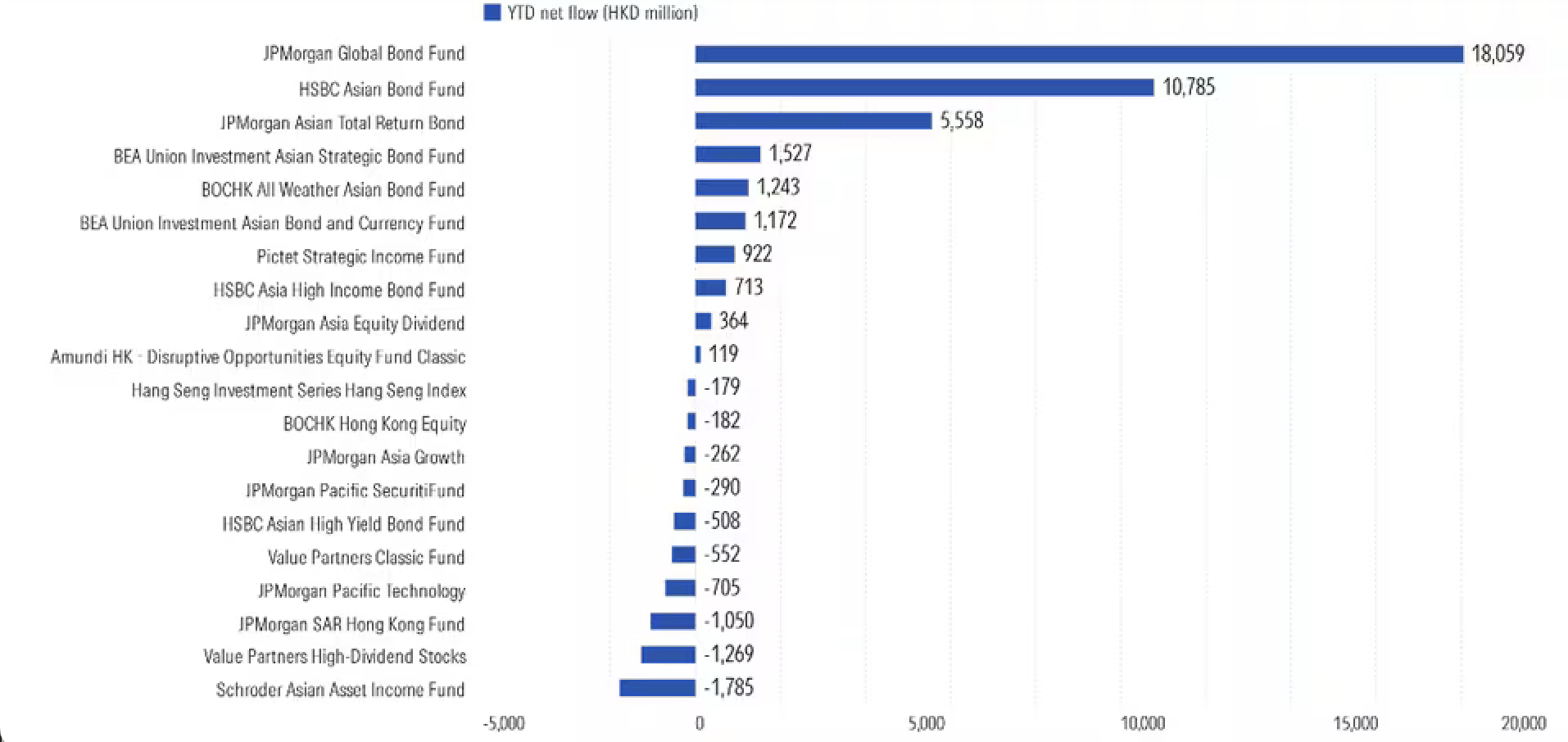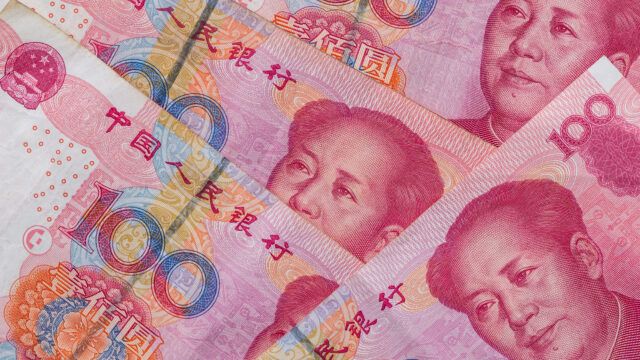Chinese investors have mostly piled into offshore bond funds so far this year after cross-border trading quotas were relaxed in January, according to a recent report from Morningstar.
When the sales cap on Hong Kong-domiciled funds sold into China via the Mutual Recognition of Funds (MRF) scheme was relaxed from 50% to 80% in January, some funds met their sales cap just one day.
However as the year has progressed, Chinese investors have shown a clear preference for fixed income funds, with a significant amount of capital flowing into fixed income strategies from JPMorgan, HSBC and BEA Union.
The JPMorgan Global Bond fund saw the largest net inflow year-to-date, with HK$18bn of net inflows, despite HK$300m of outflows in July.
The fund places macro decisions at the front of its investment process, according to Germaine Share, director of manager research at Morningstar, and has “considerable flexibility in investing in a variety of sectors,” she said.
The HSBC Asian Bond fund was the second most popular fund, with HK$10.8bn of inflows over the same period, followed by JPMorgan Asian Total Return Bond with HK$5.6bn of inflows and BEA Union Investment Asian Strategic Bond Fund with inflows of HK$1.5bn.
Top 10 and Bottom 10 MRF Northbound Funds by YTD net flows

The two JPMorgan bond funds with the most inflows both met their sales cap within one day after reopening for subscriptions on January 6, according to the Morningstar report.
Whereas the HSBC Asian Bond Fund suspended subscriptions from mainland investors on March 31 after reaching the sales cap.
Elsewhere, the BEA Union Investment Asian Strategic Bond Fund saw HK$583m of inflows during the month of July alone, making it the most popular fund last month.
Despite seeing high inflows year-to-date, the HSBC Asian Bond fund saw HK$1.38bn of net outflows in July.
This was followed by the Schroder Asian Asset Income fund, which saw HK$430 of net outflows during July.
However unlike the HSBC Asian Bond fund which has seen net inflows year-to-date, the Schroders fund has shed assets year-to-date, with HK$1.78bn of net outflows.
“This fund returned less than most of the other northbound MRFs,” Share said. “The portfolio manager actively manages the allocation among Asian equity, Asian fixed income, global assets, and cash.”
Another outlier was a multi-asset fund from Pictet, which saw inflows of HK$922m over the year.
The Pictet Strategic Income fund’s recent performance has benefitted from its early bets on chip stocks on the back of booming demand for artificial intelligence chips.

















